Leadership and liveability
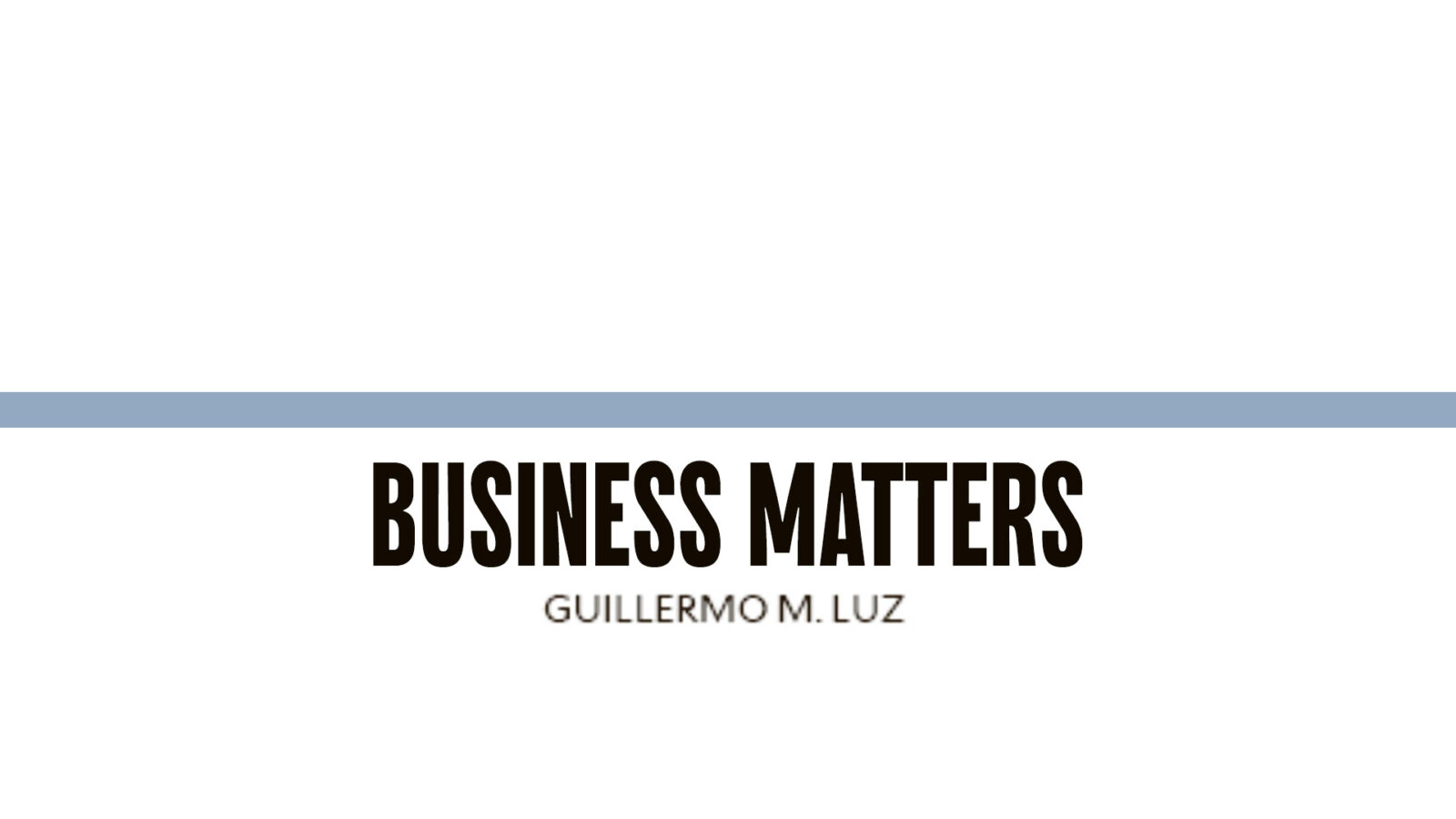
Through our program, we have run almost 60 Liveable Cities Labs, each focusing on different aspects of city management and urban planning. Throughout the years, we’ve covered topics like public health, education, mass transit and mobility, infrastructure, flood control, disaster resilience, waste recycling, and a host of other topics of relevance to city mayors, LGU officials, residents, and the private sector. These hybrid sessions have attracted a following of about 60 onsite participants and 150-200 online participants.
One of the most interesting labs that we have held was focused on governance, held last July. We assembled a panel of four speakers, all focused on their personal and professional perspectives on governance.
Our first panelist was Vice Mayor Ferdie Estrella of Baliwag City, Bulacan. Baliwag City is a model of good governance and a data-driven approach in action. It is one of the top-performing LGUs in the Philippines, but it didn’t start that way. When it was a municipality many years ago, it ranked around 950th in the Cities and Municipalities Competitiveness Index. Using data as the foundation for remaking itself into a competitive city, Baliwag focused on constant improvements and inched its way up the index until it ranked second for two consecutive years. To do this, the LGU banked on a reliable team for the consolidation and analysis of CMCI data to prepare strategic plans and trailblazing programs.
Our second panelist was Pia Ranada, head of community at Rappler, who brought her perspective as a journalist. Her approach was to promote inclusive governance and active citizen participation, and to keep a focus on liveable cities. This is journalism focused on liveability—making it a top-of-mind, newsworthy issue (e.g., waste management, transportation, disaster response).
This approach works well with Rappler’s biggest audiences, Millennials and Gen Z. Rappler wants to be a convenor of voices—a platform where different sectors meet to discuss reform. It then submits its citizen feedback to national agencies like Malacañang or the Department of Transportation. By encouraging the sharing of daily life issues, Rappler is promoting a dialogue for reform rather than just passive consumption of information and news. Playing its media role, the coverage of ordinances helps spread the word and gather public feedback.
Trust plays a key role in this equation. It enables participation while good governance drives liveability. Technology bridges gaps in governance and builds a strong digital foundation. The key outcomes of Tech in Trust are greater transparency, higher responsiveness rates, and stronger engagement with customers. To achieve this, Globe will build on three digital governance pillars: connectivity (the backbone of all digital efforts), agile and scalable cloud solutions, and cybersecurity to protect data and build public trust.
This is technology in governance in action.
Our third panelist was Dr. Jesus Estanislao, founder of the Institute for Solidarity Asia. He spoke of governance from a societal, cultural, and moral perspective. He emphasized that governance should be a culture, going beyond one-time transformation and becoming institutionalized and sustained. According to Estanislao, all good governance starts with values, and he emphasized four core national values: MakaDiyos (Godly), makatao (humane), makalikasan (environmentally conscious), and makabansa (nationalistic). These values must be cascaded through your family and staff. For instance, at city halls, they must reflect the values they promote: cleanliness, functionality, citizen dignity, courtesy, professionalism, quality service, teamwork and solidarity, and a shared responsibility for transformation.
This is governance that delivers, and it’s based on values and culture. These principles apply to both local and national governments.
Our fourth and final panelist was Mayor Benjamin Magalong of Baguio City. His challenge is that he has to govern an overpopulated city, facing uneven and unsustainable growth. Baguio’s success was masking deeper issues such as declining liveability and strained infrastructure.
His solution was to create a vision for Baguio by the year 2043 to make it a liveable, inclusive, and creative city. He invited city officials, barangays, civil society, and citizens to join in open consultations and digital participation in crafting the vision. More than a plan, he made it a shared commitment. The transformation is also data driven. Magalong is one of a few mayors who use artificial intelligence and data analytics to research and study his city. He has developed a “digital twin” of Baguio and installed community monitoring systems and a Liveability Index to guide planning.
This is consultation for governance in action.
So there you have it, governance in four perspectives. Leadership and liveability.
——————
Guillermo M. Luz is chair of Liveable Cities.
——————
Business Matters is a project of the Makati Business Club (makatibusinessclub@mbc.com.ph).




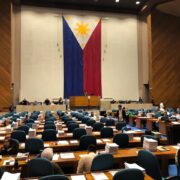



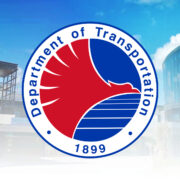


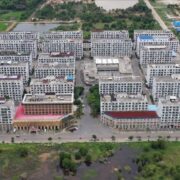
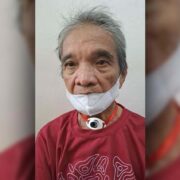
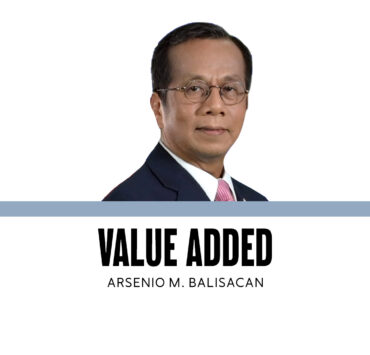


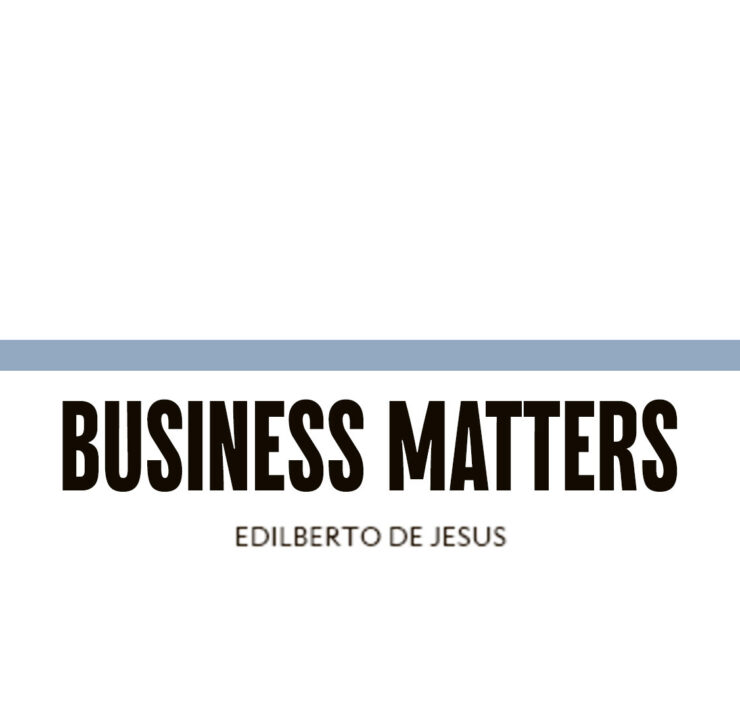

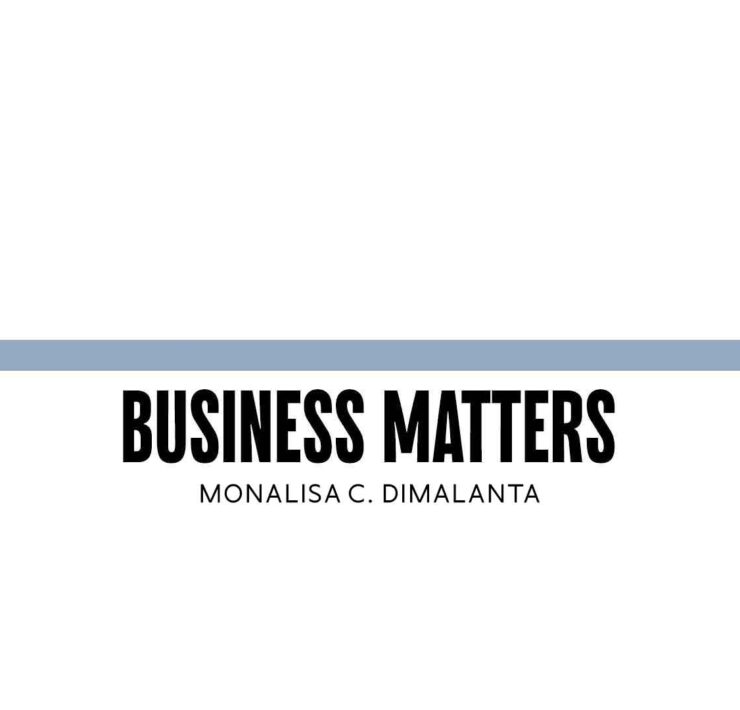


Where in the world is the West Philippine Sea?